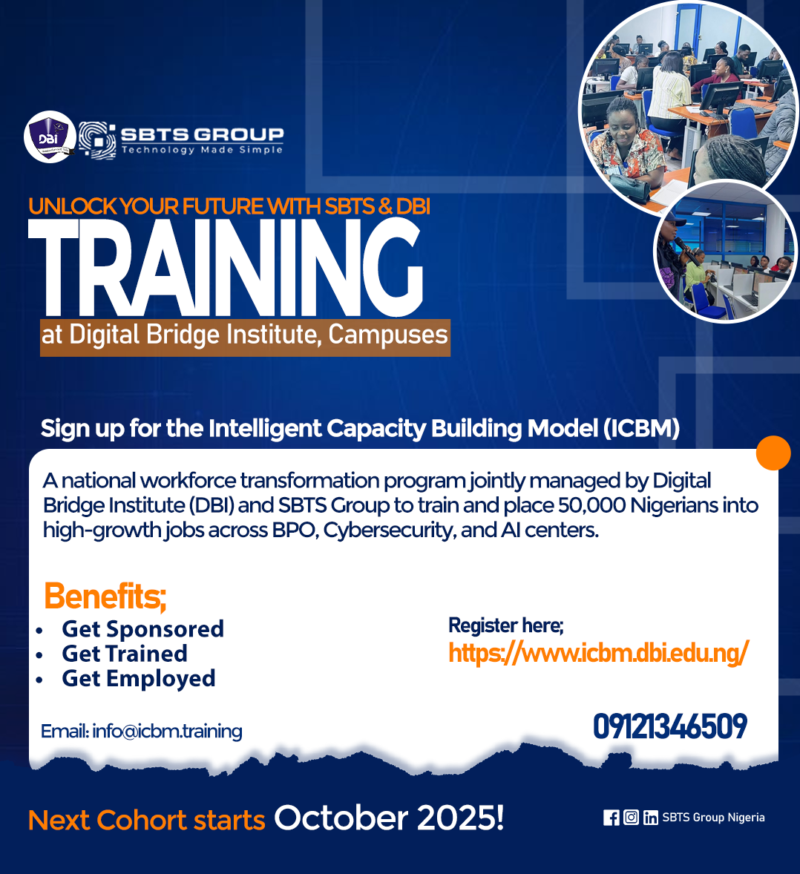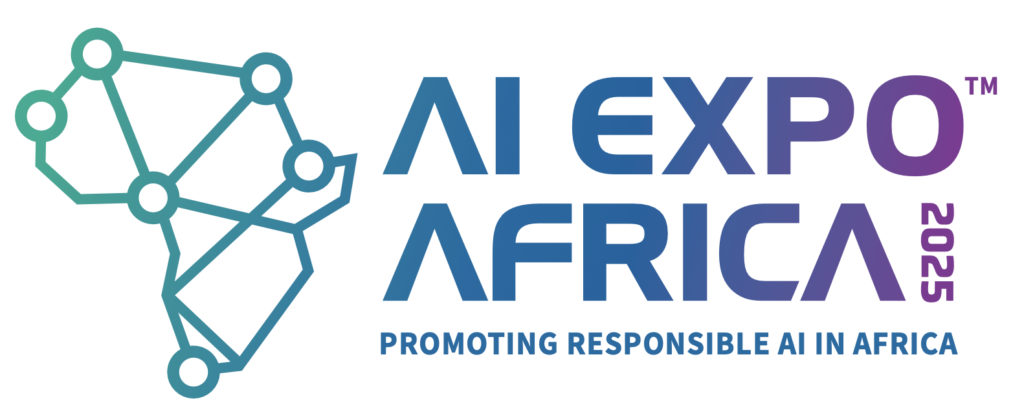Transforming unstructured data into quick and relevant insights and better business decisions.
More than 80% of enterprise data is in unstructured formats such as text and images, and this huge amount of data is growing 50% – 60% annually. Unlocking its value is one of the most significant challenges – and opportunities – for GenAI.
RELATED: Agentic AI silently transforms the travel and leisure industries
Too often, however, current GenAI approaches are code-heavy, complex and inefficient. They fail to deliver consistent and compelling results.
Enter a new AI offering from SAS, a leader in data and AI, that supercharges business productivity. SAS® Retrieval Agent Manager (RAM) streamlines the process of transforming raw unstructured data within a company’s knowledge base into quick and relevant answers that support better business decisions.
RAM addresses fundamental challenges faced by all industries and business leaders, including how to:
- Bring the power of GenAI and large language models (LLMs) to their enterprise data in a quick, scalable and trustworthy way.
- Seamlessly integrate AI – from chatbots to sophisticated agents – into existing systems with confidence.
“SAS Retrieval Agent Manager transforms fragmented, unstructured information into actionable enterprise knowledge, to make more informed decisions faster,” said Kathy Lange, Research Director for the AI and Automation practice at analyst firm IDC. “By leveraging generative and agentic AI, RAM provides a user-friendly interface to build and modernise organisational processes without overhauling existing systems.”
How it works
Built on the retrieval augmented generation (RAG) framework, RAM is a no-code solution that delivers fast, accurate and context-aware AI responses from unstructured content.
RAM ingests and processes unstructured documents and evaluates and selects the best configurations for rapid interaction with those documents via an API or chatbot. RAM also supports the plug-and-play use of GenAI services such as LLMs and vector databases. And it adds an agentic AI layer to automate complex workflows grounded with enterprise data.
Cross-industry applications
Across industries, RAM helps organisations tap into unstructured data, unlocking faster decisions, stronger relationships and better outcomes. Examples include:
- Fighting fraud and managing risk in banking. RAM can help fraud teams spot suspicious patterns and regulatory red flags in seconds, accelerating investigations and reinforcing AML/KYC compliance. Risk officers can likewise retrieve stress test models, policy documents, and loss histories to quickly assess exposures, support audits, and guide capital planning decisions under regulatory frameworks.
- Expediting insurance claims resolution. RAM can help adjusters instantly retrieve policy language, FNOL notes, and prior claim files to accelerate fair, regulation-aligned payouts and improve customer satisfaction.
- Enhancing public sector citizen services. Contact-centre agents can use RAM to surface answers from 311 tickets, policy manuals, and case archives – effectively reducing wait times while also ensuring consistent, policy-compliant responses.
- Augmenting clinical support in healthcare. Clinicians can tap RAM to synthesise insights from patient notes, clinical protocols, peer-reviewed research, and more, delivering faster, HIPAA-safe guidance that improves outcomes.
Manufacturing spotlight: Supercharging predictive maintenance
Another example of RAM delivering value is by enhancing predictive maintenance for industrial companies. With a host of Internet of Things (IoT) sensors and machine learning systems, manufacturers have become very good at spotting when something is about to go wrong with their critical equipment. But an alert from a key system is just the first step. How can these industrial companies understand exactly what is wrong and use their own knowledge base to fix it quickly and efficiently?
With RAM, manufacturers can effectively navigate through huge amounts of unstructured, textual data – legacy manuals, previous maintenance and inspection reports, vendor records, field service bulletins, and scattered documentation, including notes and emails – to quickly determine the core issue and the best response.
RAM complements existing machine learning-based predictive maintenance by retrieving relevant repair and maintenance information and generating clear work orders for engineers and technicians.
Trustworthiness baked in
Through its agentic AI layer, RAM uses the company’s own data and documents to understand requests, show relevant answers or recommended actions, and transparently share the source documents and data on which its answers and recommendations are based.
The new SAS solution does not use enterprise data to train or fine-tune an LLM. Rather, it keeps the data and LLM separate, creating a knowledge service that brings together the corporate data and LLM at the right time to generate a relevant and timely response.
“SAS Retrieval Agent Manager can scale to very large data volumes that are updated continually,” said Jason Mann, VP of IoT at SAS. “RAM makes it easier for a company to apply technologies like chatbots and conversational AI to its corporate knowledge base, integrate GenAI-powered knowledge services into existing applications via robust APIs, and support the development of AI agents.”
While AI remains the hottest area in business and tech today, many people and organisations struggle to use it effectively. RAM can help these organisations use AI to deliver value.































